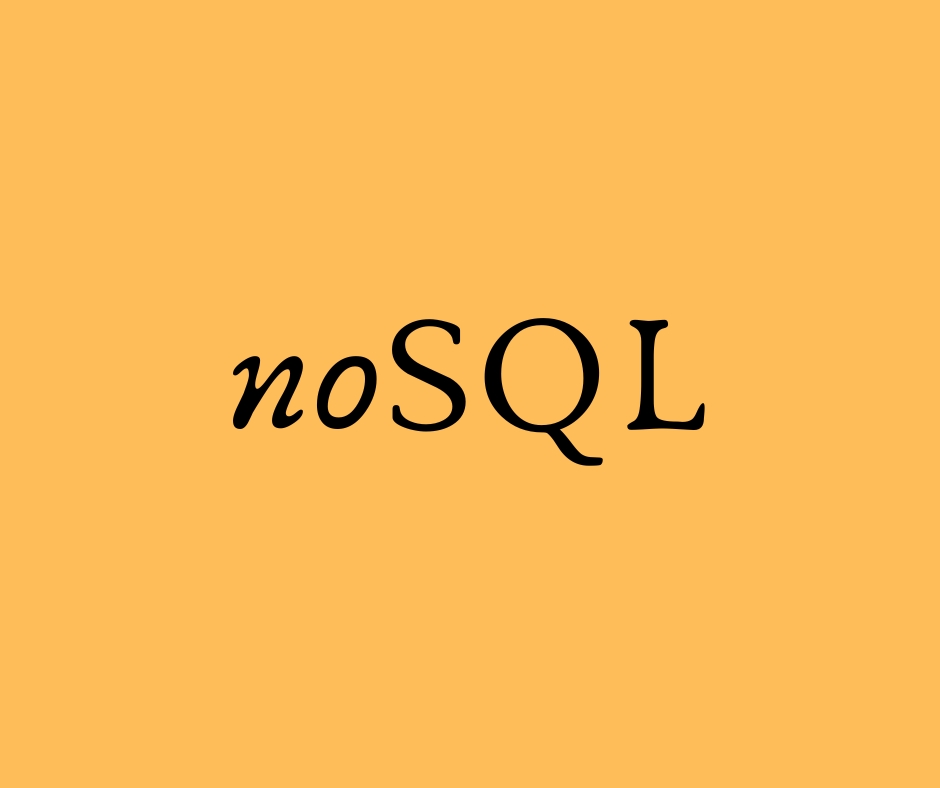
In recent years, the demand for high-performance, scalable, and flexible database management systems has increased significantly, especially with the rise of big data, IoT, and real-time analytics. MongoDB, a NoSQL document-oriented database management system, has emerged as a popular choice for developers due to its ability to handle complex data structures, provide real-time analytics, and scale horizontally across clusters of commodity hardware. In this article, we will explore the use cases where MongoDB is a suitable choice and the benefits it offers for modern-day applications. We will also discuss some best practices for designing and implementing MongoDB databases to ensure optimal performance and scalability.
Content Management
MongoDB is an ideal choice for content management systems that deal with unstructured data such as text, images, videos, and documents. Its flexible schema design allows for easy modification of content attributes, while its document-oriented nature allows for efficient storage and retrieval of hierarchical data structures. MongoDB’s ability to handle large volumes of data also makes it suitable for content-heavy applications such as news portals, blogs, and multimedia platforms.
E-commerce
MongoDB’s ability to handle complex data structures and high volumes of data makes it well-suited for e-commerce applications. It can store and manage product data efficiently, providing fast and flexible querying capabilities for product attributes. Its scalability and real-time analytics capabilities also enable e-commerce businesses to manage large volumes of transactional data, such as orders and customer data, in a seamless and efficient manner.
Social Networks
Social networks require a database that can handle a large amount of constantly changing data, and MongoDB’s document-oriented nature makes it an ideal choice for this type of application. Its real-time analytics capabilities and data aggregation allow for efficient management of large volumes of data, while its ability to handle complex data structures allows for flexible storage and retrieval of social network data such as profiles, posts, and messages.
Mobile Applications
Mobile applications need a database that can synchronize data between the mobile device and the server while also storing user data efficiently. MongoDB’s flexible schema design allows for easy modification of the application’s data structure, making it an ideal choice for mobile applications that require frequent updates. It can also handle large volumes of user data efficiently, providing a seamless user experience even when the user is offline.
IoT
Internet of Things (IoT) devices generate massive amounts of data, and MongoDB’s ability to handle complex data structures and large volumes of data make it a suitable choice for IoT applications. Its real-time analytics capabilities also enable IoT devices to analyze data in real-time, providing insights for efficient decision-making. MongoDB can store and manage data from a variety of IoT devices, including sensors, wearables, and other connected devices.
Real-time Analytics
Real-time analytics requires a database that can store, manage and analyze data in real-time. MongoDB’s scalable architecture, real-time analytics capabilities, and data aggregation make it an ideal choice for real-time analytics applications. Its ability to handle unstructured data also makes it suitable for applications that deal with diverse data types such as social media, sensor data, and log files. With MongoDB, businesses can make real-time decisions based on insights gleaned from a massive amount of data, leading to improved business outcomes.
Big Data
Big data applications require a database that can handle large volumes of data and provide fast and flexible querying capabilities. MongoDB’s ability to handle unstructured data, scalability, and real-time analytics capabilities make it an ideal choice for big data applications. It can also integrate with Hadoop and Spark, enabling businesses to analyze and process large volumes of data efficiently.
Content Delivery Networks
Content Delivery Networks (CDNs) require a database that can handle the high volumes of data required for efficient content delivery. MongoDB’s scalability and real-time analytics capabilities make it an ideal choice for CDNs. It can store and manage data related to user requests, content delivery, and user behavior, providing real-time insights for CDN operators. Its ability to handle complex data structures also enables efficient management of metadata related to multimedia files such as images and videos.
Machine Learning
Machine learning applications require a database that can store and manage large volumes of data in a flexible and efficient manner. MongoDB’s ability to handle unstructured data, real-time analytics capabilities, and scalability make it an ideal choice for machine learning applications. Its flexible schema design allows for easy modification of the application’s data structure, while its real-time analytics capabilities enable businesses to analyze data in real-time, providing insights for efficient decision-making.
Healthcare
Healthcare applications require a database that can handle complex data structures and store and manage large volumes of patient data in a secure and compliant manner. MongoDB’s ability to handle unstructured data, scalability, and real-time analytics capabilities make it an ideal choice for healthcare applications. It can store and manage data related to patient records, medical images, and healthcare analytics, providing real-time insights for healthcare providers. Its security features also enable healthcare providers to ensure compliance with industry regulations such as HIPAA.
In conclusion, MongoDB has become a go-to solution for developers who require a high-performance, scalable, and flexible database management system. Its ability to handle complex data structures, provide real-time analytics, and scale horizontally across clusters of commodity hardware has made it an ideal choice for a variety of use cases, including content management, e-commerce, social networks, mobile applications, IoT, big data, real-time analytics, and content delivery networks. By following best practices for designing and implementing MongoDB databases, developers can ensure optimal performance and scalability, ultimately leading to a better user experience and improved business outcomes. As the demand for more advanced data management solutions continues to grow, MongoDB is poised to remain a leader in the field.